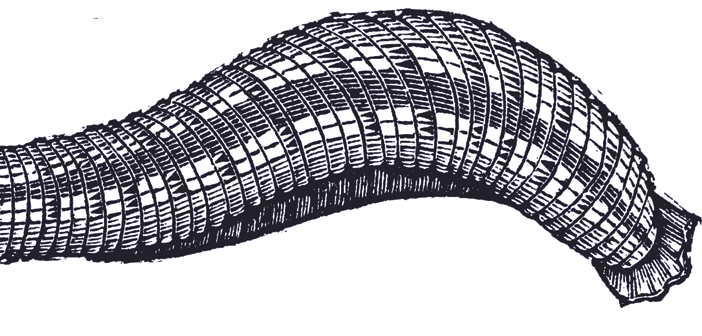A plastic surgery success makes, and embraces, medical history.
If a certain young Providence woman tucks her hair behind her ear today, it’s a medical triumph. A year ago, it seemed unlikely she’d ever do that again.
In July 2013, when the woman was 19, a dog bit and completely severed her left ear. The amputated organ was intact, but the jagged tear that separated it from her head presented a substantial challenge for the Rhode Island Hospital surgeons who sought to replace it.
“The ideal goal of plastic surgery is to put things back where they belong,” says Helena Taylor, MD, PhD, co-section chief of the Division of Craniofacial Surgery at Alpert Medical School. In a case like this, where the wound was highly visible, restoring the ear was the best way to restore the patient’s quality of life; other options, like elevating the remaining cartilage or making a new ear from a rib, “never look as good,” Taylor says.
With such extensive damage to hundreds of tiny blood vessels, however, full restoration of the ear was an ambitious goal. The patient “understood that the chance of success was quite low,” says Stephen Sullivan, MD, MPH, co-section chief with Taylor. Thanks to high-powered microscopes and special sutures smaller than a human hair, he says, surgeons can reattach ever-smaller vessels—but first, they have to find the vessels, and verify they can be reattached at all.
When the patient arrived at Rhode Island Hospital Island Hospital, Sullivan and Michael Guo, MD RES’15, chief resident in plastic surgery, placed her detached ear under a microscope to find an artery; then Sullivan and Taylor located the corresponding vessel on the patient. After temporarily stitching the ear in place, they worked under the scope to hook the artery, just 0.3 mm in diameter, back up.
Sullivan still seems awestruck as he recalls the moment a year later. “Within seconds, this cold, blue, shrunken ear turned pink,” he says, “before your eyes, in a minute, from shrunken to full.”
But it wasn’t yet time to celebrate. With no attached veins—the thinner walled vessels are far more difficult to suture than sturdier arteries—the surgeons had to find another way to drain the blood, now pumping freely into the ear, to restore circulation and prevent clotting. So they switched gears, from the forefront of microvascular surgery to the ancient practice of hirudotherapy.
“You anticipate needing leeches in a case like this,” Taylor says. “Congestion is the most common reason for failure: blood is going in but it can’t get out.” “So the leech comes along and sucks that out,” Sullivan adds. “We have no medical way to do this as well as a leech can.”
Leech therapy, or hirudotherapy, has been practiced for millennia, but the FDA approved its use in replantation surgery just 10 years ago. Sullivan says medicinal leeches are “on call” in a hygienic aquarium in their hospital pharmacy, ready for duty a couple of times a year.
“Leeches are not uncommonly used in finger reattachment,” says Taylor, who as a resident at Harvard used them to reattach a boy’s lip. But it remains a novel, and somewhat ghastly, notion to the general public. “It’s not a small commitment on the part of the patient, because the patient has to be amenable to sitting still with leeches on,” she says—in this case, several times a day for more than two weeks. The leeches stay in place for up to 10 minutes, until they’re full of blood; then they’re removed and, due to risk of infection, submersed in alcohol and killed. (“In nature they only feed once and then they die,” Sullivan says.) After an hour or more, depending on how quickly arterial blood is filling the wound bed, more recruits are sent to the front line.
As healing progresses, the surgical team tapers the number of leeches used, and how often they’re placed. “You want to stress the body a bit so the body regrows veins,” Sullivan says. “You can’t have leeches do all the work or [the veins]won’t regenerate.”
After 17 days, and 170 leeches, the patient’s regenerated veins were pumping deoxygenated blood out of her ear, and the surgeons permanently reattached the organ. Within months, the devastating injury was barely visible. Sullivan and Taylor, who also codirect the Cleft and Craniofacial Center at Hasbro Children’s Hospital as well as a household of three children (they’re married), reported their feat in the April 17, 2014, issue of the New England Journal of Medicine; the article captured worldwide media attention—though not for the most medically interesting reason.
“The leeches are the least novel thing about this case,” Taylor says. “That we put the ear on at all, due to the nature and size of the injury, is news.” And that, despite the media’s focus, is all that matters. “The goal of plastic surgery is that the patient forgets about the bad things that have happened in their life,” she says.
“With an ear amputation [a patient]can’t ever put her hair back without exposing the deformity,” Sullivan adds. “Now she can put it back without even a pause. We’re told no one can tell.”




